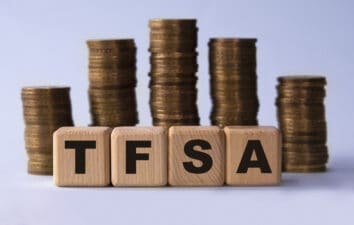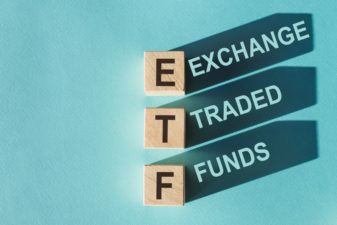There have been several pandemics in the world, according to recorded history. But they were too far apart or too different from one another for the world to be “ready” to contain them. That’s what happened with the current pandemic as well. Most of the countries were caught off guard, and when the pandemic hit, most of the resources were diverted towards fighting the virus.
But this virus, which spreads around so stealthily and can easily be transmitted, has had a unique impact on the world, particularly on global economies. Governments across the globe had to come up with some form of economic relief for their people. The CRA and the Canadian government also made changes regarding some tax rules, like delaying filing and submission deadlines, to facilitate the citizens.
Reduction in RRIF’s minimum withdrawal amount
RRIF’s minimum withdrawal amount increases as you age. A lot of RRIFs are full of stocks, many of which have lost a lot of their value during the pandemic. Seniors, who depend upon systematically selling their stocks for an income, have taken a serious hit to their portfolios. In order to dampen the blow a bit, the government reduced the minimum RRIF withdrawal by 25%.
RRIF holders don’t have to sell a lot of their (now low-valued) shares just to cover the minimum RRIF quota.
CERB payment
Under CERB, CRA provided (and is still providing) $2,000 to Canadians whose monthly income fell below $1,000 due to the pandemic. While this has been very helpful to a lot of Canadians, this isn’t no-strings-attached income. Right now, the CRA is more interested in getting the money to people who desperately need it. Once things settle down, there might be backtracking to ensure that only eligible people got the CERB payout.
Also, this income is taxable, which you’ll have to pay with your 2020 tax returns. You may not have the luxury of putting aside a part of this $2,000 payout right now, but you shouldn’t forget your tax obligation and make sure you make arrangements for your next year’s taxes.
Safety net
One of the crucial things to learn from this pandemic for every individual should be the importance of safety nets. No matter how much you earn, you should be able to put a part of it aside (ideally 10% or more) for investing. For individuals who are working full-time minimum-wage jobs (making about $25,000 a year), 10% would come out to $2,500.
This amount can get you about 20, 21 shares of Canadian National Railway (TSX:CNR)(NYSE:CNI) at its current price. It’s not much, but it’s a start. CNR’s 10-year CAGR is about 16%, but if it’s too ambitious a growth to expect, let’s stick with half of it (i.e., 8%). If you invest $2,500 in CNR every year for 30 years, and it keeps growing 8% per year, you may build a safety net of about $308,000.
The reason I picked CNR is because of its stellar dividend-growth history, capital, and dividend-growth rate, but, most importantly, its stability. As an established player in the freight transportation with limited competition, the future outlook for the company looks good. Its return on equity is currently 24.4%, and its liabilities (both short and long term) are well covered under its assets.
Foolish takeaway
The Canadian government has made it just a bit easier for Canadian taxpayers to manage their financial year. But at the end of the day, the bulk of the responsibility is on the individuals themselves. If you can build a strong safety net for yourself through careful investments, you may weather another economic downturn with better poise.







